-
Posts
41 -
Joined
-
Last visited
Content Type
Profiles
Forums
Articles
Gallery
Downloads
Events
Posts posted by Hephaestus Smith
-
-
Haven't we branched off the subject?
-
How to be a professional blacksmith in 3 easy steps, step 1: heat it. Step 2 Hit it. Step 3 Sell it.
-
Ye lads are cracking me up
 I don't mean to be a sap, but these puns are getting a bit wooden.
I don't mean to be a sap, but these puns are getting a bit wooden.
-
25 minutes ago, Frosty said:
Haha, I hadn't even noticed that. the best thing about history is making it up
 I think Abraham Lincoln said that.
I think Abraham Lincoln said that.
-
i really like this way, if you make a small cut out first its very easy to isolate the area you are upsetting, and if you have a hardy block you can do double bit axes this way as well. but the main benefit is that you don't have very thick stock to draw out for the cutting edge and so less fish lipping etc.
-
-
The True History of the tomahawk, whilst most people believe the tomahawk to be of Native American origin, the truth may shock you. It was actually invented in Ireland! Tom O'Hawk and his brother Paddy from Ballingarry, travelled to the Americas in the 17th century. There they introduced the tomahawk and the sport of axe throwing to the natives. Pictured above is the very axe that Tom and Paddy brought back with them. It has been handed down through generations. Although the head has obviously been replaced several times, as has the handle. His brother Paddy was a great shot, and his accuracy enraged the locals hence the expression " throwing a Paddy"
-
8 hours ago, anvil said:
Lol, its like the difference between a musician and a blacksmith. When a musician hits a bad note, it goes away, but a blacksmith mistake, you are immortal!
as a musician (of sorts) i disagree, people are still talking about the time i tried to play "rocky road to Dublin" on didgeridoo at an Irish trad session
 at least if i mess up now i can stick it back in the forge.
at least if i mess up now i can stick it back in the forge. 
-
23 hours ago, Frosty said:
Preshape the bolt where you want it upset by forging (or grinding) a bevel around the edge so it looks like the hammer end of a chisel. This preshape allows you to strike the stock in the center ONLY. If the stock is flat it takes a lot of hammer control to strike flat and straight down through the center. It also directs the hammer energy through the center of the stock so the edges won't mushroom.
so obvious but i never thought of that during uppsetting, great tip i will definitely use.
-
Tips for beginners,
1 a clock, keep a big easy to read,clock in the forge , it's easy to loose track of time, when you are concentrating and this helps remind you exactly how long something takes to forge. And it is easy to get lost in what your doing, look up and realise you should of picked the kids up 2 hours ago.
2 a pen and paper, write down EVERYTHING, with little diagrams showing distance betwen points, how long was the taper, what size was that scroll etc. When some one asks you to make something six months after you made your prototype, you don't have to figure it out, just look in your book.
3 paint your punches and chisels a bright colour to make finding them in a dim, messy forge easier.
4 tidy up every day.
5 don't be afraid to work in the colder ranges if you are not sure on something or try to get something dainty just right, it's a lot easier to see what is happening to cherry red stock than bright yellow,(rounding square stock is a good example).
6 warn people visiting your forge, not to hit the anvil, for some reason every non smith who comes in seems to pick up the hammer and smack the anvil.
7 don't be a hero, mind your ears and eyes.
-
Wow! Solder melts a 216c! I've been looking for a tempering liquid. Maybe solder would work.
-
On 24 January 2018 at 4:22 PM, Charles R. Stevens said:
Now I have to go pee...
I suppose you could, but it could be tricky holding the stream long enough to get a proper heat treat

-
I read it in an old blacksmith book, it worked pretty well.
-
-
1 hour ago, ThomasPowers said:
It generally has a narrower forging range, harder under the hammer, costs more to buy and loves to eat abrasives during finishing; hence the greater price when selling items made from it.
Ok. that puts an end to my plan for squirrel cooker v1.1 with stainless sprong.
-
OK let's keep on topic, so are the Squirrels Powering the blowers on little treadmills.
 , only joking thanks for all the input on the finish, in the end I've gone with boiled linseed oil except for the sprong which I used sunflower oil. But I have more orders in I might change it.
, only joking thanks for all the input on the finish, in the end I've gone with boiled linseed oil except for the sprong which I used sunflower oil. But I have more orders in I might change it.
-
Hi all, thanks for the feedback, to be honest I would be lost without the help I've had over the last year from you all. It really is Massively appreciated.
-
Thanks il Google seasoning cast iron.
-
I wasn't sure what it was but it always made me smile to imagine a little Squirrel hanging on to the side of a cage with his body in the air horizontal and his little cheeks flapping in the wind. Have you any ideas on the best finish.?
-
Hi all, ive just taken 20 orders for Squirrel cookers, for the first time since I started up nearly a year ago It actually looks like I might make some money. My question is what do you think is the most practical finish, bearing in mind that these will be subject to heat and damp. Thanks in advance. While we're on the subject of squirrels, I get why Americans would eat them, but why would you put them in a cage and blow on them. I've seen lots of references to Squirrel cage blowers. Thanks in advance.
-
Hi All, here in Ireland there is a long established but decaying history of wrought iron gates in the country side. We consider them a particularly Irish thing. I would love to see the traditional rural iron work in your country, I know its not a particularly glamorous or arty side to the craft but I love the history of it. I'm especially interested in the Finnish and Scandinavian styles as well as the UK and USA. Here is a short film from you tube on the irish vernacular field gate. .
-
5 hours ago, Tubalcain2 said:
PLEASE don't label your Utube video as "how to". Don't do that till you are highly skilled and know what you are doing. Instead call it "my first throwing knife attempt" or something of the like. i don't wan't to discourage you, but there are far to many "how to" videos out there that are made by people who have no ID what they are doing, and ,frankly, much of what they show is wrong or dangerous.
Very true, but I have learned a lot from some of the bad videos.
-
Why,? and is rebar better than mild steel?
-
Step 9 . remember the 2 tubes left from step 5? take them and dance around the forge 3 times banging them together singing " whos the man.. im the man"(or woman)
i hope this helps some one all the welds can be replaced with tech screws if you dont have welder, and these old builders band stands are 10 a penny (here in Ireland any way) i gave up the construction game nearly a year ago to do this full time. i have a mountain of scaffolding left over and have built my whole shop from it, shelving, bench, cam helve hammer. if any one is in the Tipperary/Kilkenny area and needs any just let me know.

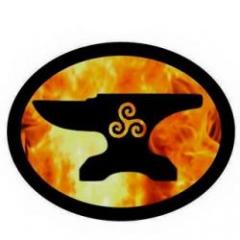
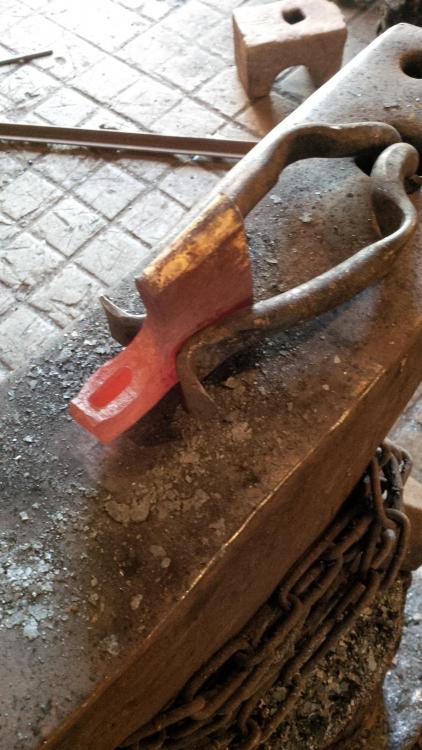
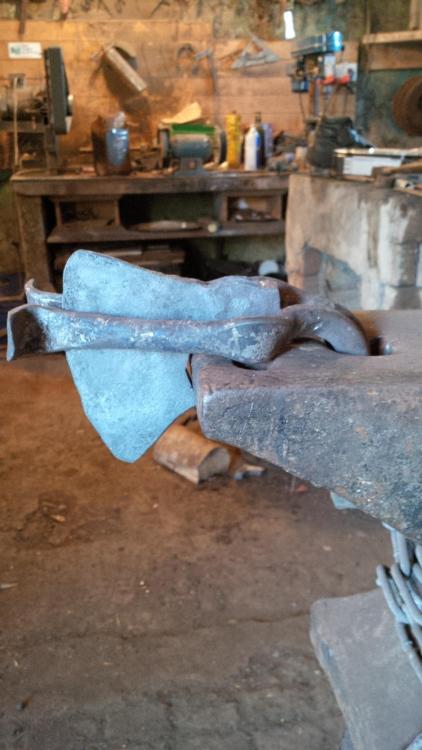
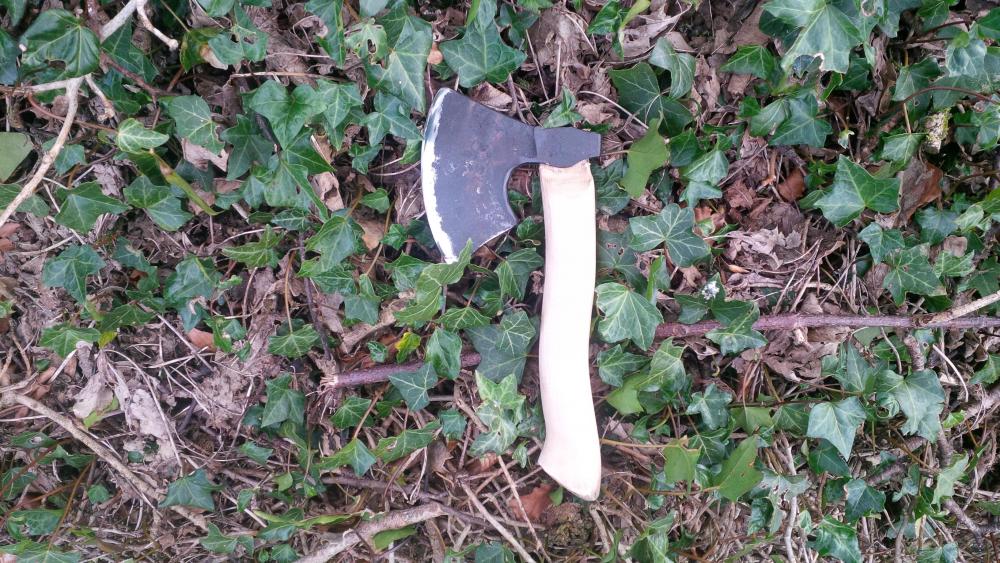
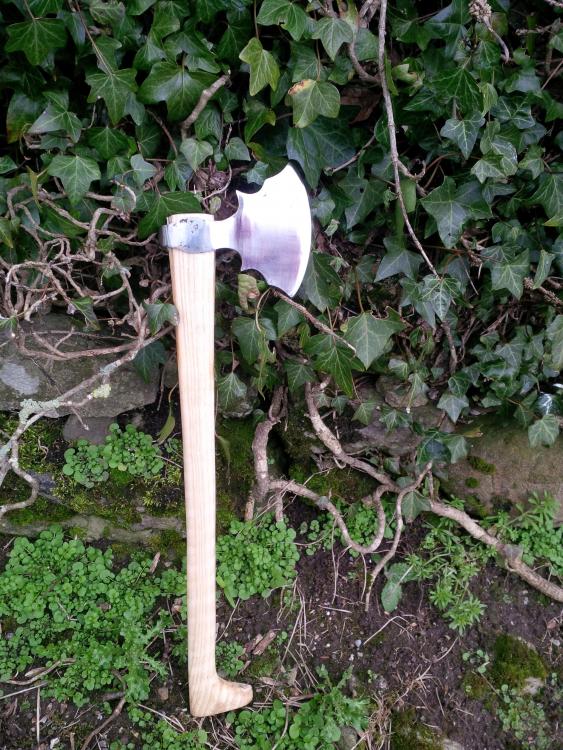
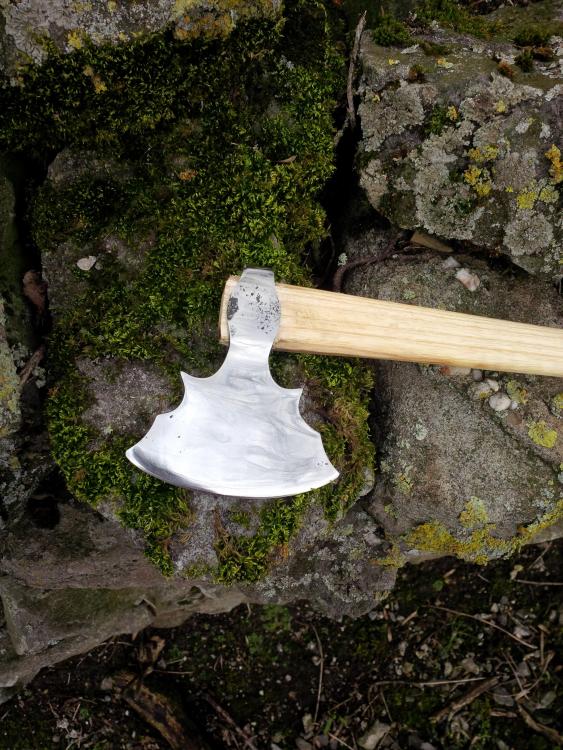
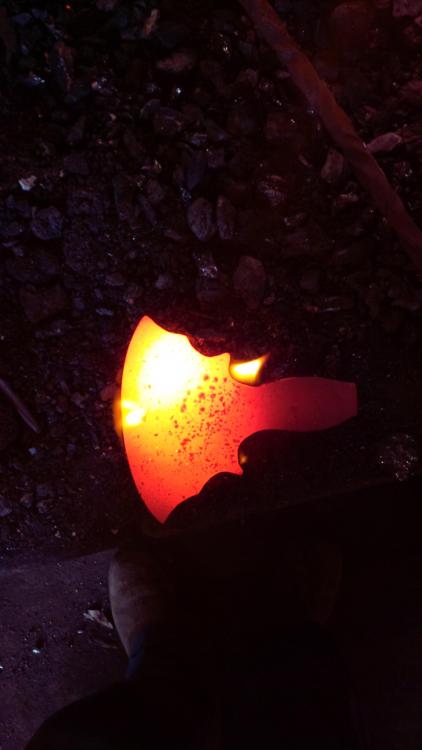
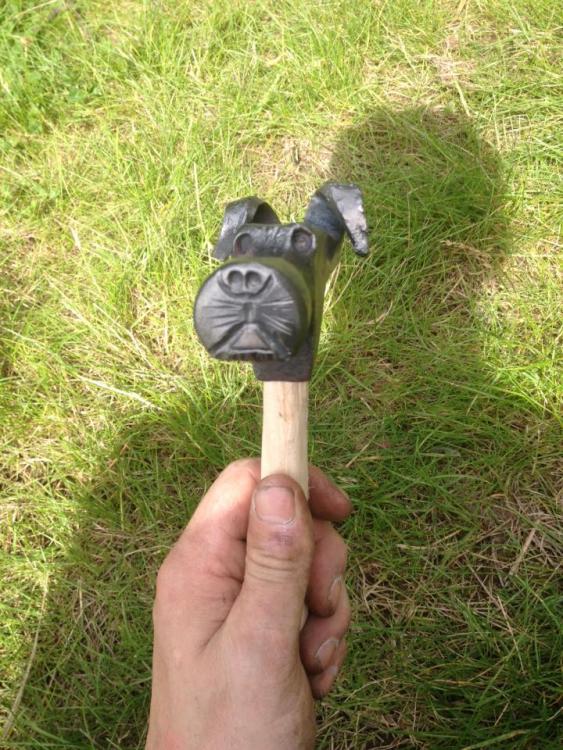
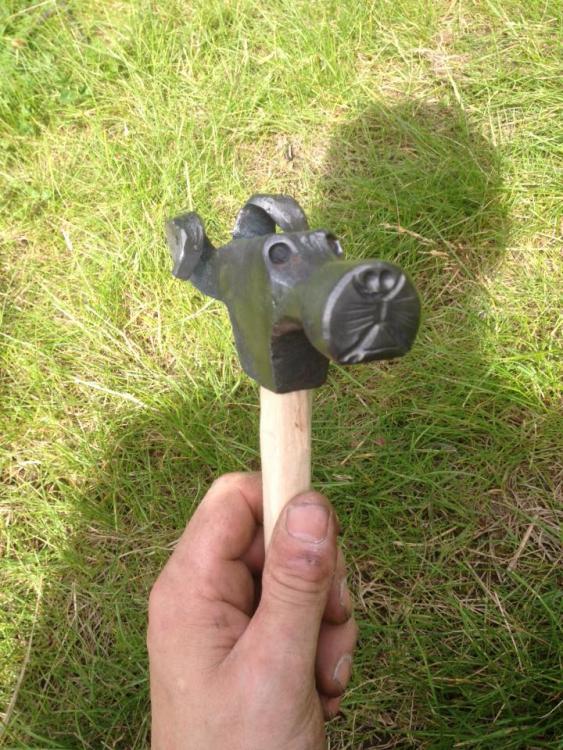
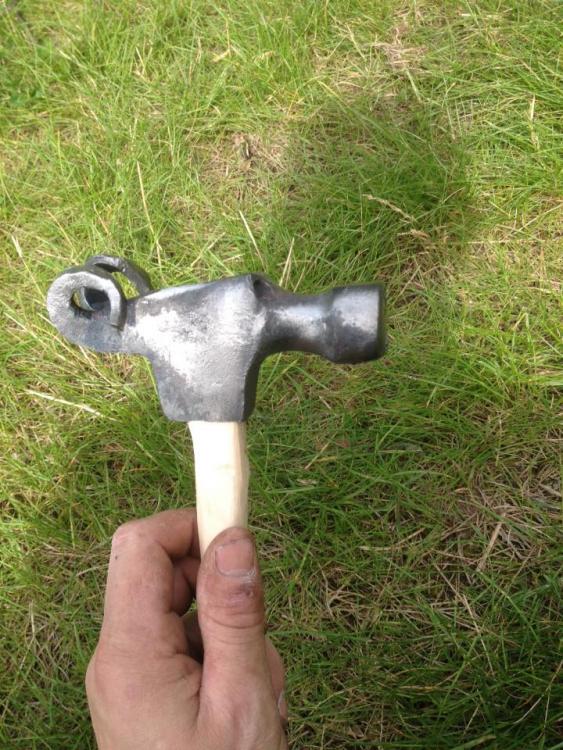
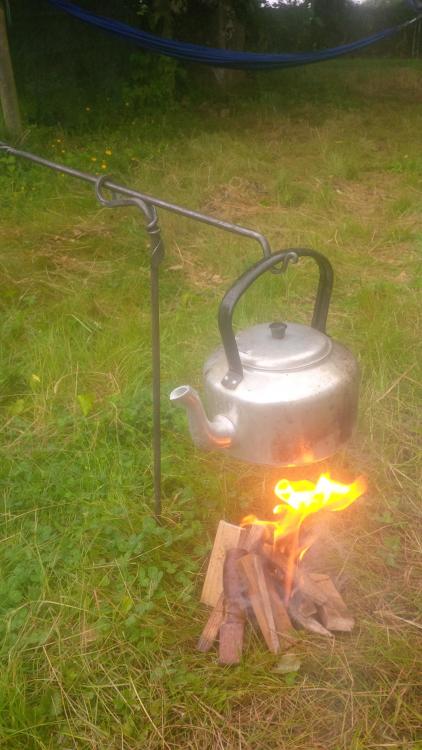
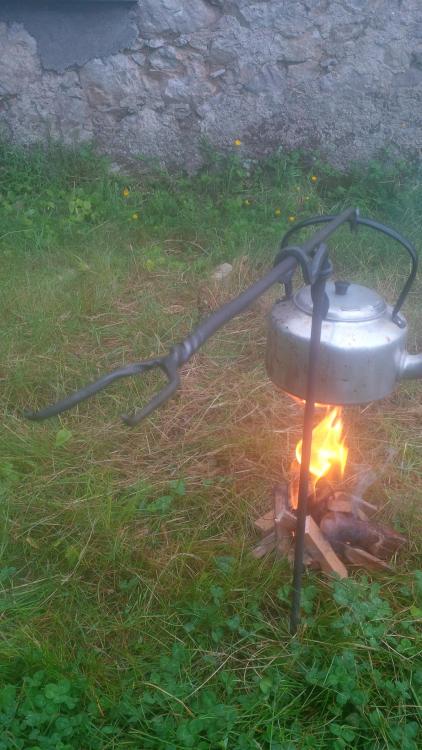
the true history of the Tomahawk
in Axes, Hatchets, Hawks, Choppers, etc
Posted
Well this is getting hawkward, I can't get a handle on the post at all.